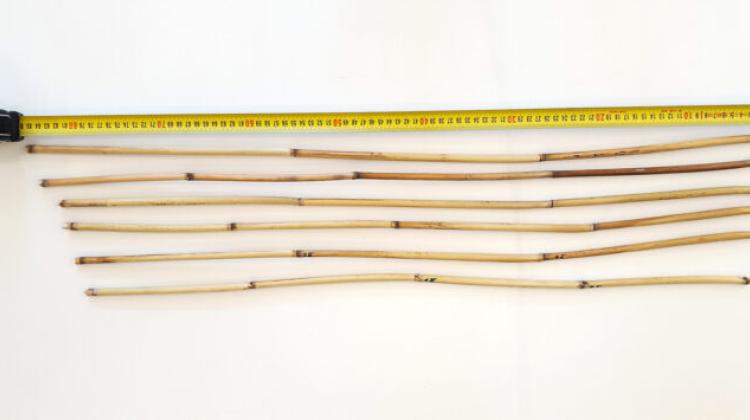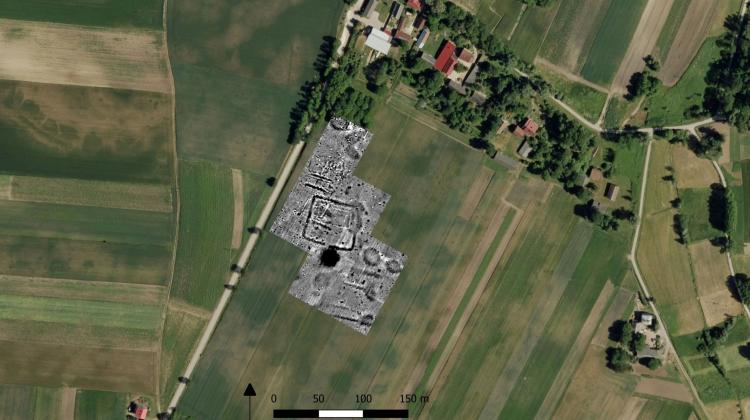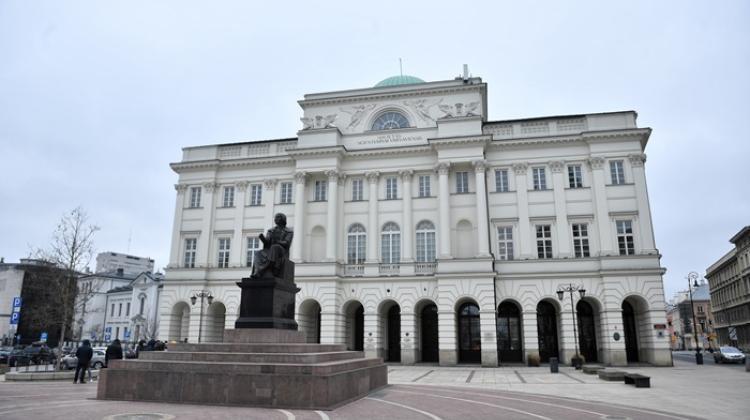Archaeologist’s uncover one of Poland's largest megalithic cemeteries - with a stroke of luck
One of the largest megalithic cemeteries in Poland has been unearthed in southern Poland after archeologists came across it by luck.
Kraków archaeologist Jan Bulas had noticed the outline of a quadrilateral structure surrounded by a ditch when studying satellite images of farmland in the town of Dębiany (Świętokrzyskie Province).
With his curiosity piqued, he and colleague Marcin M. Przybyła went to the location and began carrying out magnetic tests (which do not require driving a shovel into the ground).
It not only allowed them to determine the detailed layout of the structure, but also to find the megalithic tombs from approx. 5,500 years ago, some of which were built on the site of the later defensive foundation.
Further monumental tombs were discovered north and south of the fortifications and partially examined during the excavations carried out in the summer of 2019 and 2020 thanks to the funds from the Provincial Office for Monument Protection in Kielce.
The researchers refer to the newly discovered structures as megaxylons (from Greek "mega" - great and "xylon" - wood). They were erected from soil, in the shape of an elongated trapezoid. Unlike the megalithic tombs known from Kujawy, for example, their walls were surrounded with wooden poles, not with boulders.
Przybyła said: “Their longer walls were reinforced with wooden palisades, while the short eastern walls contained entrances to a kind of funerary chapel - a vestibule.”
Tombs of this type usually contain single burials. The researcher adds that the boundaries of each of the tombs were marked by palisades. Only the post-holes have been preserved to this day. Behind some of them there were longitudinal ditches. They are remnants of the extraction of soil for the construction of tomb embankments.
The archaeologists' research shows that there were graves under the embankments, some of which were constructed of limestone boulders.
Przybyła said: “Unfortunately, most of the remains of the deceased and equipment were removed from these burials while the cemetery was still functioning. It was a ritual behaviour that we often see in cemeteries from that period.
“It was not permanently inhabited. Perhaps it served as a military camp, or an object associated with religious or social rituals. It is worth noting that this is the only such structure known in Poland.”
The researchers said that due to the importance of the find, further research is planned at this site in the coming years.
PAP - Science in Poland, Szymon Zdziebłowski
szz/ zan/ kap/
tr. RL
Przed dodaniem komentarza prosimy o zapoznanie z Regulaminem forum serwisu Nauka w Polsce.



















